Collaborating with WHO on a Video Case Study About Malaria Prevention in Siem Pang, Cambodia
This was the third time in a bit over a year that I’d been hired by the World Health Organization to work as a videographer on a case study for them.
This time it was malaria prevention in Stung Treng Province following Chan Sophal, who supports The Mekong Malaria Elimination (MME) programme at the provincial level.
Sophal works with remote communities close to the Lao border in Stung Treng Province.
‘I am stationed in Stung Treng Province, with a focus on Siem Pang, which is a malaria hotspot’, he says.
Sophal works closely with the head Siem Pang Health Center and the nurse in charge of the malaria elimination programme.
‘We plan our outreach campaigns together’, he says.
It was a great experience to work as a videographer for WHO and get to follow Sophal to some of the remote villages he works in.
Siem Pang itself is very remote, but it took a small ferry, a horse and cart and small boat to get to some of the highest risk communities.
As part of the Last Mile to Malaria Elimination, Sophal and his team of Village Malaria Workers (VMW) focus on the target group of men aged 15-49 years, who go regularly go into the forest and are the most likely to catch malaria and transmit it in their community.
‘We educate and encourage them to take preventive medication before they go to the forest or other high-risk malaria areas. They have never heard of preventive treatment, so taking the medicine when they're not sick worries them a lot. It is important to build trust so the community believes the medicine is good for their health,’ he says.
The medical care and education they provide is a key factor in helping to eliminate malaria in Cambodai.
This isn’t something Sophal takes lightly.
‘The work I’m proudest of is the contribution I’ve madeto eliminating malaria in Stung Treng Province’, he says.
For me working as a videographer on projects like this is a pleasure. Sophal and his team are dedicated in their work, they’ve won the trust of the communities they work in and their efforts are having a genuine impact.
Here’s a shorter version that was used as part of WHO’s 75th annievrsary social media campaign.
On Assignment - Photographing Malaria Prevention for WHO, Stung Treng, Cambodia

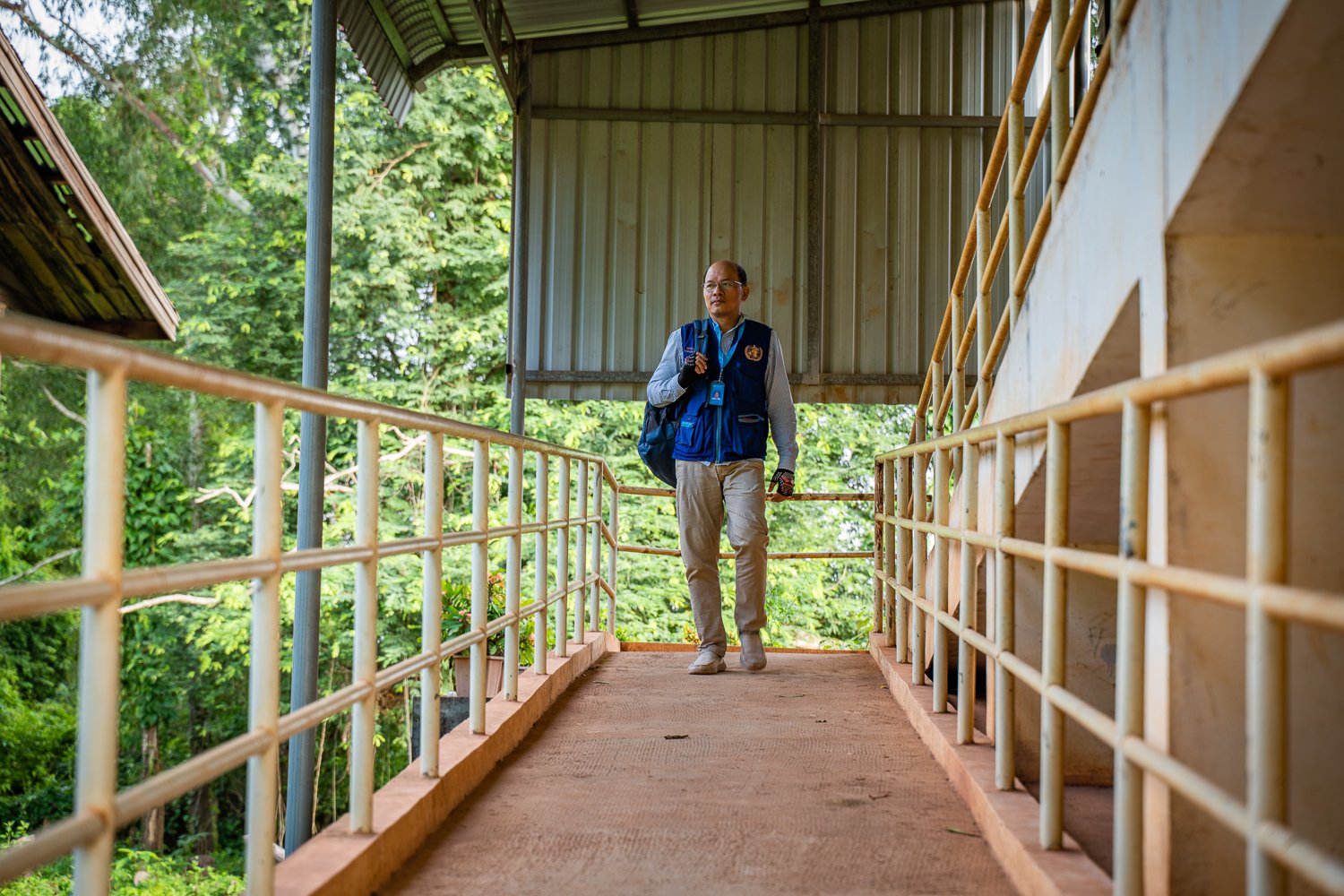

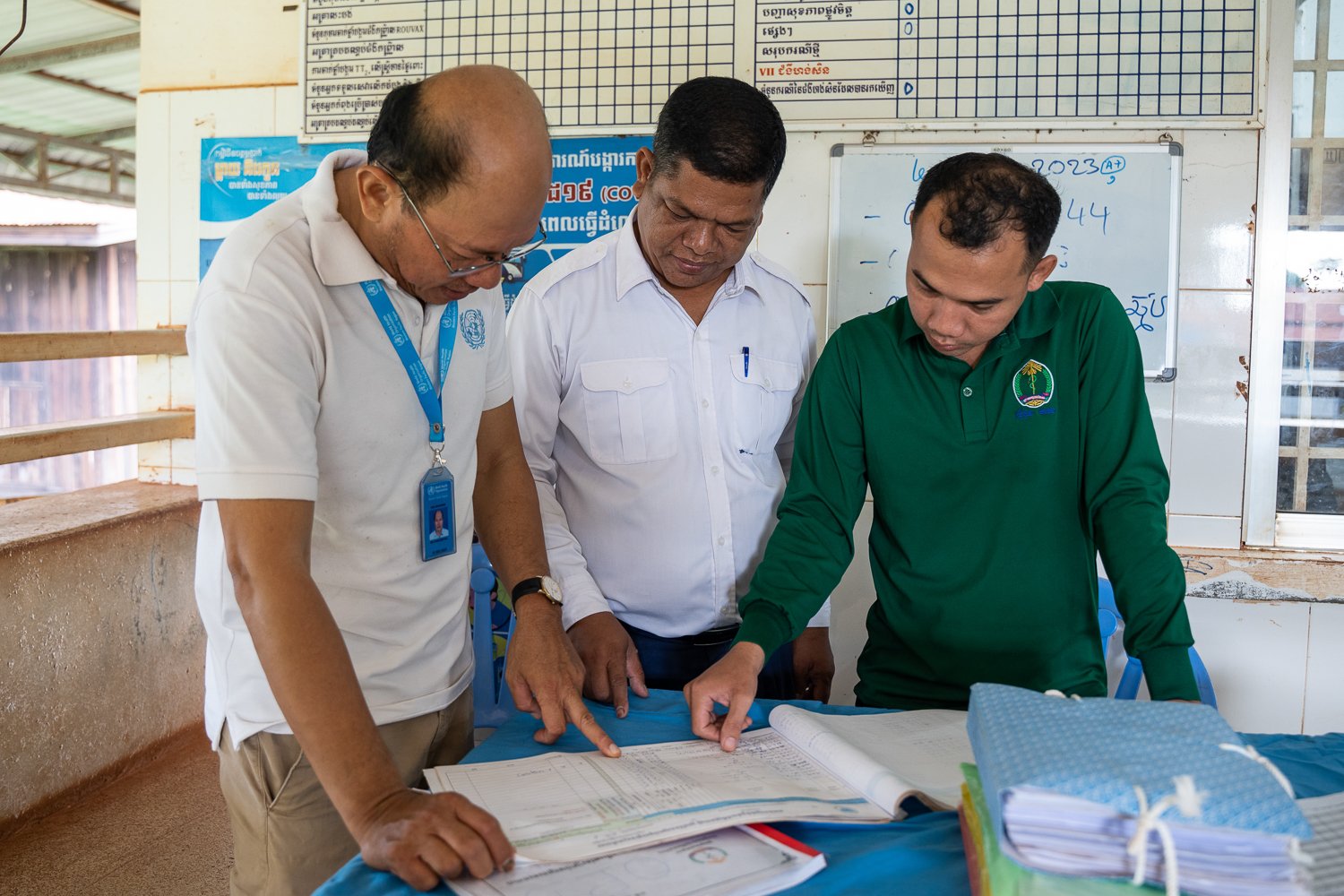

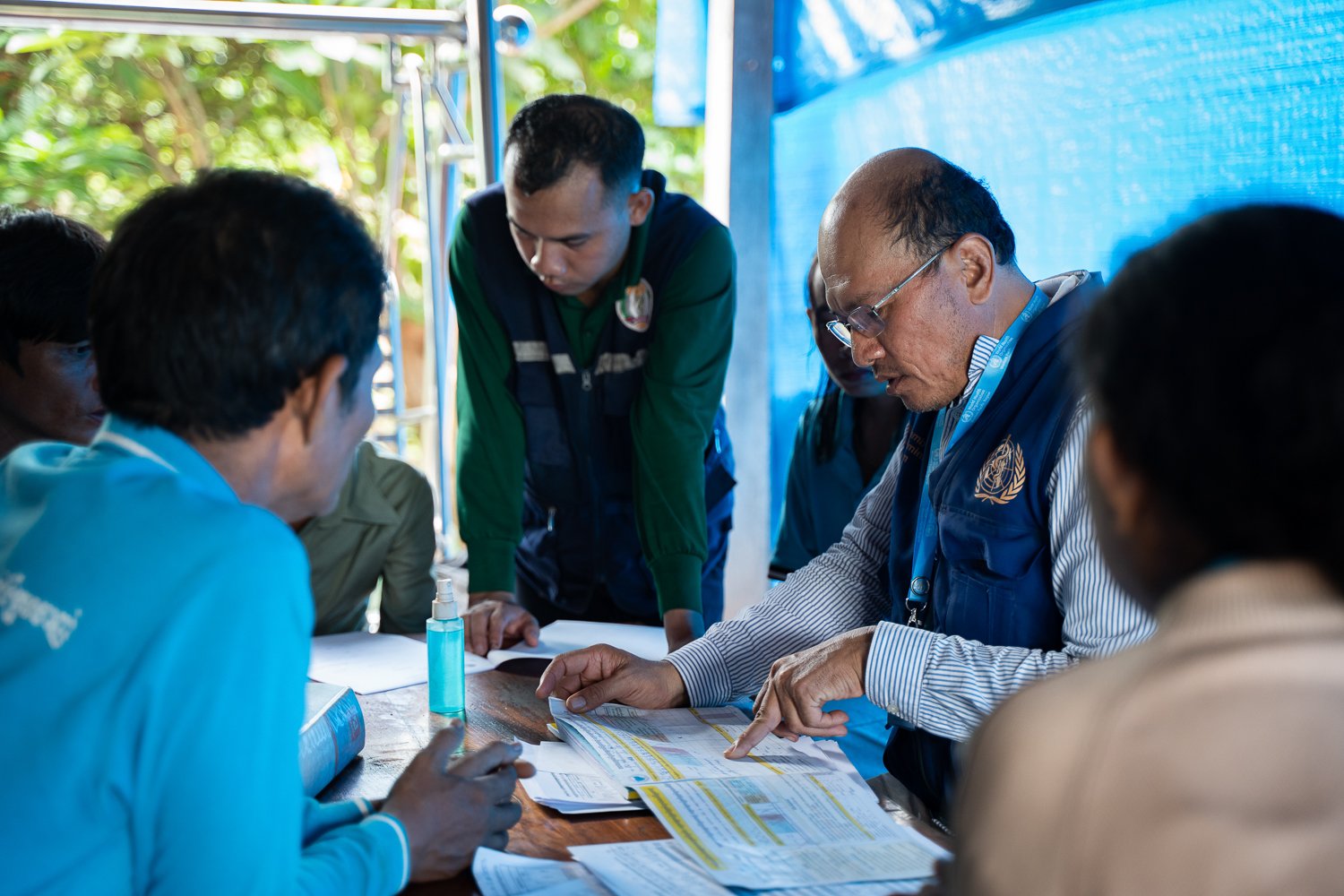
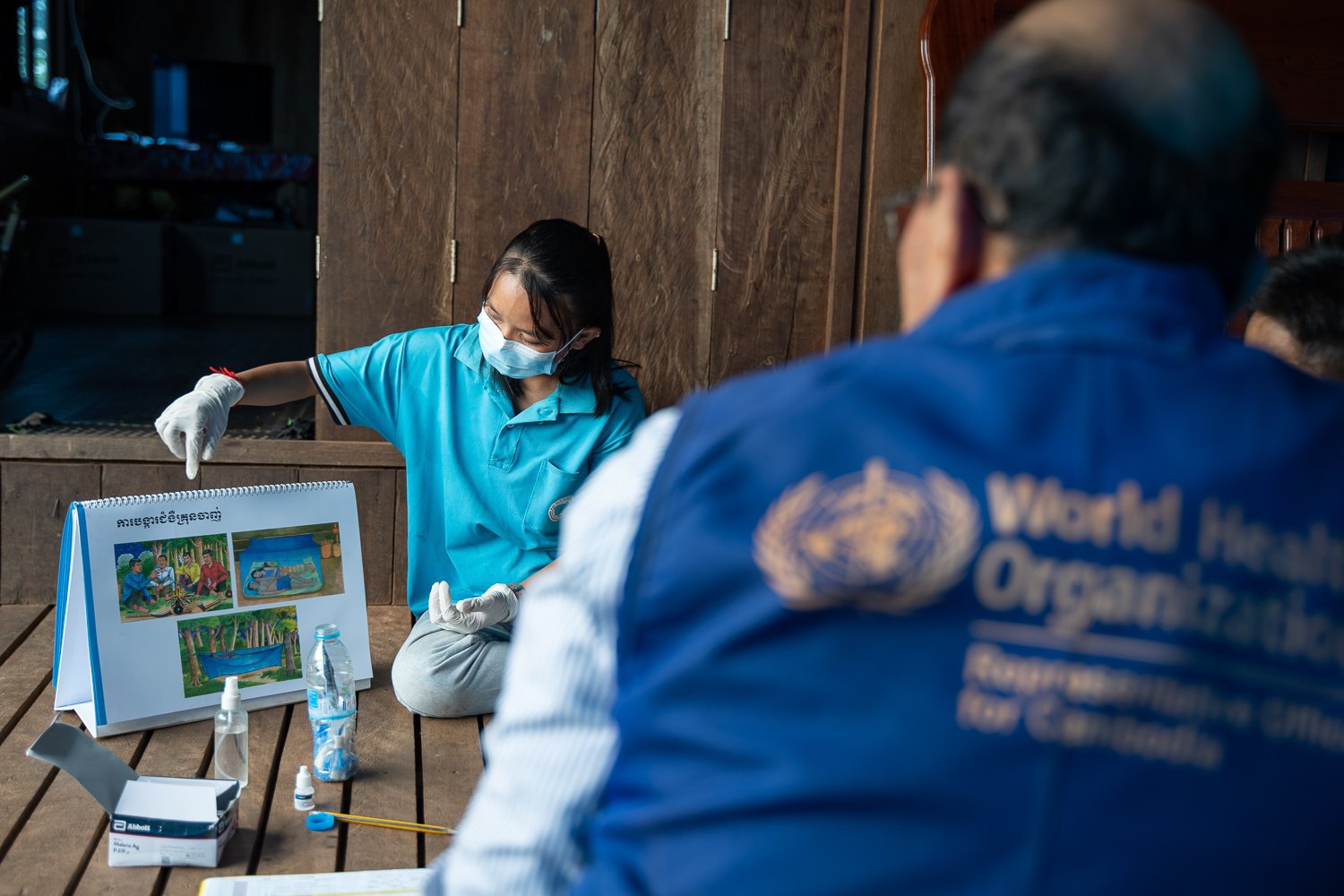
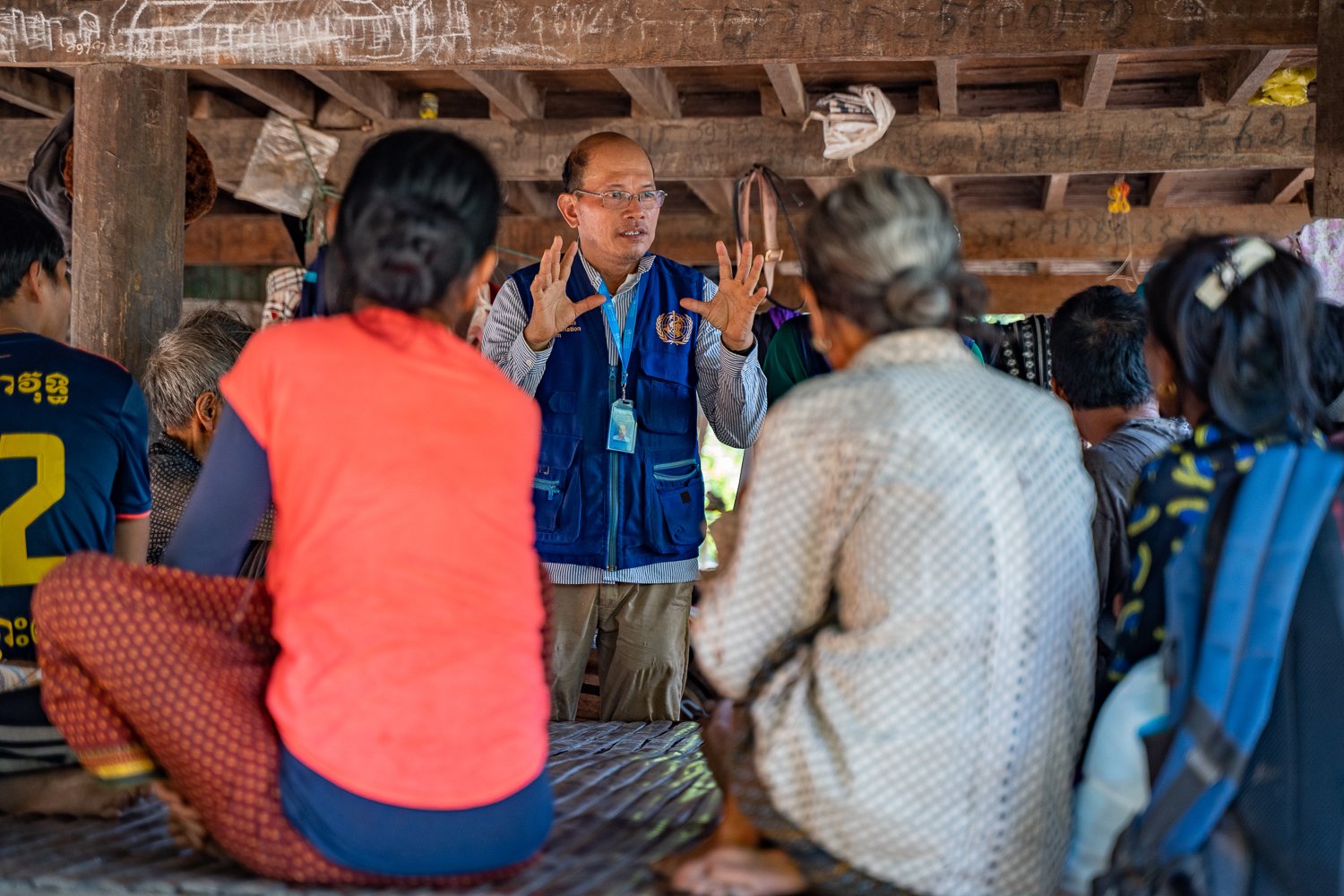
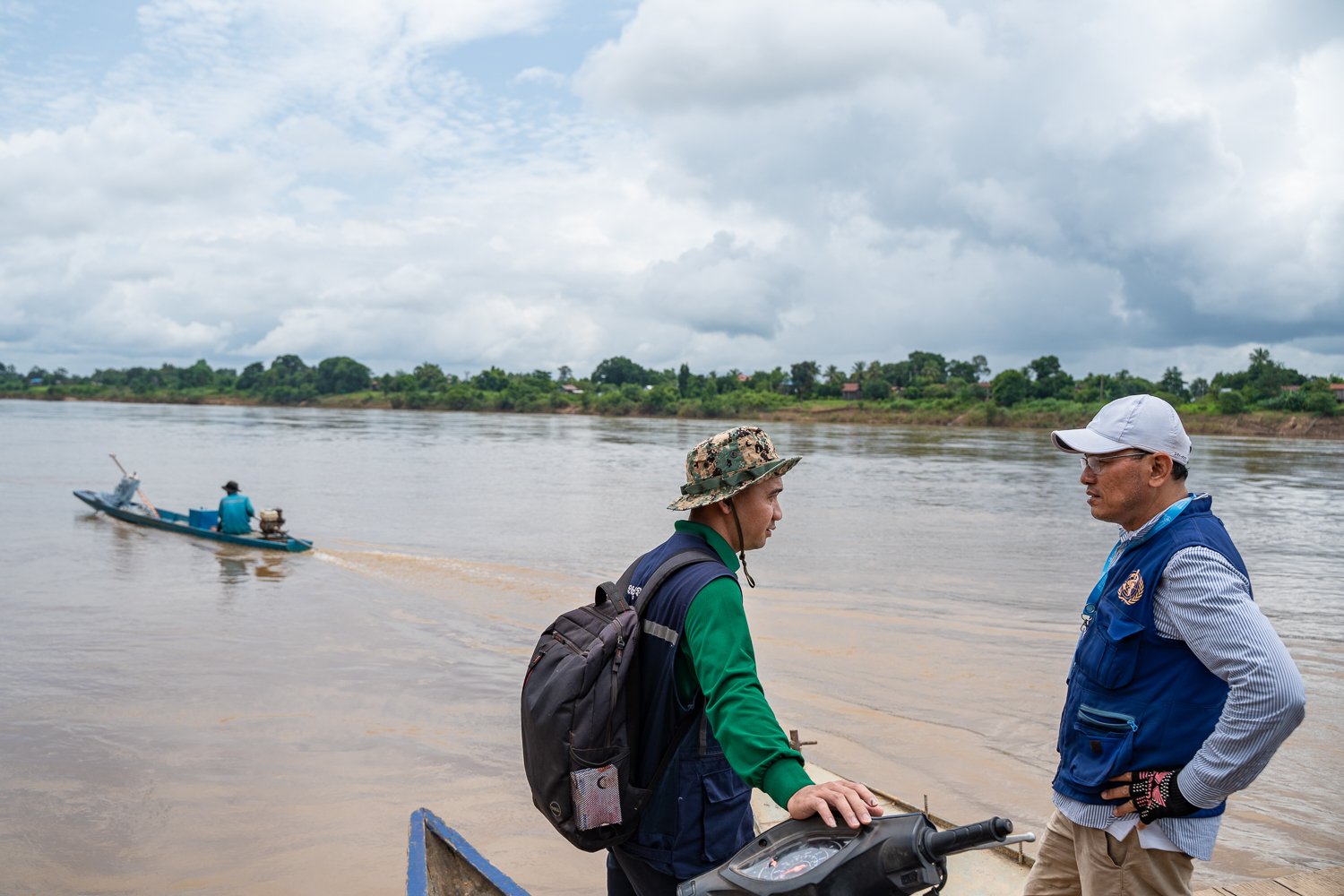


It’s always a pleasure to get of Phnom Penh on assignment and this job was no exception. The brief was to produce a series of 25 photos for the World Health Organization about Sophal for their WHO’s Who series to commemorate their 75th anniversary of providing health for all.
The series was to highlight some of vital work done by some of the key healtcare workers around the world.
Sophal works in malaria prevention and has dedicated himself to preventing malaria in the remote parts of Stung Treng, which are high risk areas.
Sophal was a great choice for the photography series and he is dedicated to his work and he’s very respected within the communities he works in. He led a fundraising campaign when one of his team lost their house through fire. On another occasion, he donated blood to one of his community health workers’ wives after being alerted to the need in the middle of the night.
He’s also studying for a masters in public health in his spare time.
It was a busy day photographing Sophal. We arrived at Siem Pang Health Center early in the morning where Sophal met with the local health centre workers, checked malaria records and did a stock take of the preventative medicine before travelling into the community.
Working in remote villages, we had to take a ferry an ox and cart and small boat to reach the most remote village.
When we got to the community, Sophal checked the records and spoke to his team of community health workers.
From there, his team went into the community to provide training to the village and to check on people who had recently returned from the forest to give them preventative medicine.
The team managed to get all of this done before a storm blew in and the heavens opened.
You can see other examples of my NGO photography for the World Health Organization here and here.
Working as an NGO Photographer Covering Leprosy Elimination for WHO in Cambodia







After a successful collaboration with WHO last year, it was great to be asked to work as a documentary photographer to produce another photo essay as part of their People of the Western Pacific Series.
The brief was to produce 25 photos to tell the story of Visal and the invaluable work that he does in eliminating leprosy from Cambodia.
Visal works for the National Center for Tuberculosis and Leprosy Control, under the Ministry of Health, and has been instrumental in implementing the National Programme for Leprosy Elimination.
Visal is dedicated and passionate about his work and even faced discrimination from his own family. They asked him not to visit his home town before he educated them about how easily treatable the disease is.
I spent a day taking photos of Visal as he worked in the community.
I photographed Visal conducting a training session, speaking to the local health authorities to explain their activities and conducting screening in the community.
At the end of the day, we visited a couple who both had leprosy and suffered disabilities as a result.
Visal’s work has helped to reduce the stigma within their community and he’s helped them to establish a chicken husbandry business that helps them to be financially independent.
Visal has also been instrumental in establishing networks using social media to help identify new cases. This has been very effective, particularly when working with people from remote areas, which is where most new cases are detected.
Leprosy is easily treatable and can be eliminated from Cambodia.
Due to the hard work of people like Visal, there are very few new leprosy cases in Cambodia and by educating people, their work has helped to reduce the stigma.
I wish them luck in achieving their goal.
You can see more of my photography work for WHO here. Please don’t hesitate to get in touch if you have any NGO photography projects you would like to discuss.
On Assignment for WHO - Directing 4 Videos About their Social Prescribing Campaign
I was commissioned by the WHO Western Pacific Regional Office to direct 4 videos about their Social Prescribing for Healthy Aging programme in Cambodia to form part of their training toolkit. The toolkit provides implementing partners with an overview of the best practices of how implement social prescribing at the community level.
The Social Prescribing for Healthy Aging programme is a way for healthcare workers to connect people to a range of non-clinical services in the community and to help the elderly not feel anxiety, loneliness or depression.
The toolkit is designed for policy makers and community health centres to help them run effective social prescribing schemes.
The brief was to make 4 videos to highlight the key aspects of successfully implementing social prescribing schemes.
The first video (above) features Dr Kao Sovandara, a lecturer at The Royal University of Phnom Penh and part of the lead team implementing social prescribing in Cambodia. He gives an overview of the programme, the training they provide and how that works at a grassroots level.
The second video features Yem Sameoun, who is a commune councillor responsible for running the scheme in her community. She talks about the training she receives, the work she does in the community and the positive outcomes.
The third video features Nget Krin, an elderly community member. She talks about the situation she faces, the support she receives and how that makes her feel.
The fourth video features Dr Khan Sareth, a lecturer at The Royal University of Phnom Penh and part of the lead team implementing social prescribing in Cambodia. He gives an overview of what they’ve achieved and reflects on how the scheme can be improved in the future.
While the project is intrinsically nebulous in nature, I hope it can have an impact in Cambodia, regionally and in the rest of the world. As the world’s population is aging, it’s increasingly important to make sure everyone feels included within their communities.
Videographer on a case study for the World Health Organisation in Cambodia
I was asked by the World Health Organisation (WHO)'s Western Pacific office to work as a videographer in Cambodia on a regional series of videos they were making to highlight the work that they do throughout the region.
The assignment was to produce a 2-3-min video on a case study about a garment factory worker who had received primary healthcare to document WHO’s primary health care activities in Cambodia. The video is part of a broader campaign by the regional office that included stories from 21 countries.
Although it was a challenging subject matter the participant was understanding and patient. She gave a great interview to explain how she may have died if she hadn’t received the primary health care she did free of charge as part the work that the WHO does in Cambodia.
It was greatly appreciated for her to invite us into her house and let us film her at her work place, at the local healthcare clinic and in her community with her friends.
The regional office were a pleasure to work with. They were clear in their process and provided a good model for what they wanted. I look forward to hopefully collaborating with them on future projects.
You can see more examples of my work as an NGO videographer for case studies here and here.

